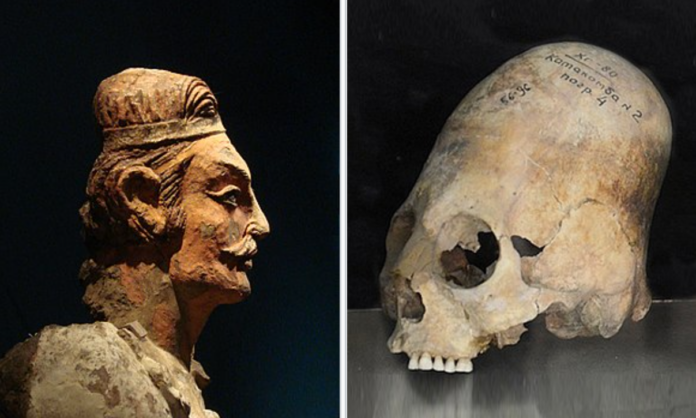Introduction to Cranial Deformation
Over millennia, diverse cultures worldwide have engaged in the practice of artificial cranial deformation, known as head binding, sculpting the very bones of their infants’ skulls into varying shapes. This intricate process, often initiated during infancy, has been driven by a myriad of cultural, social, and even practical motivations, creating a tapestry of unique and sometimes alien-looking cranial configurations that continue to intrigue and fascinate.
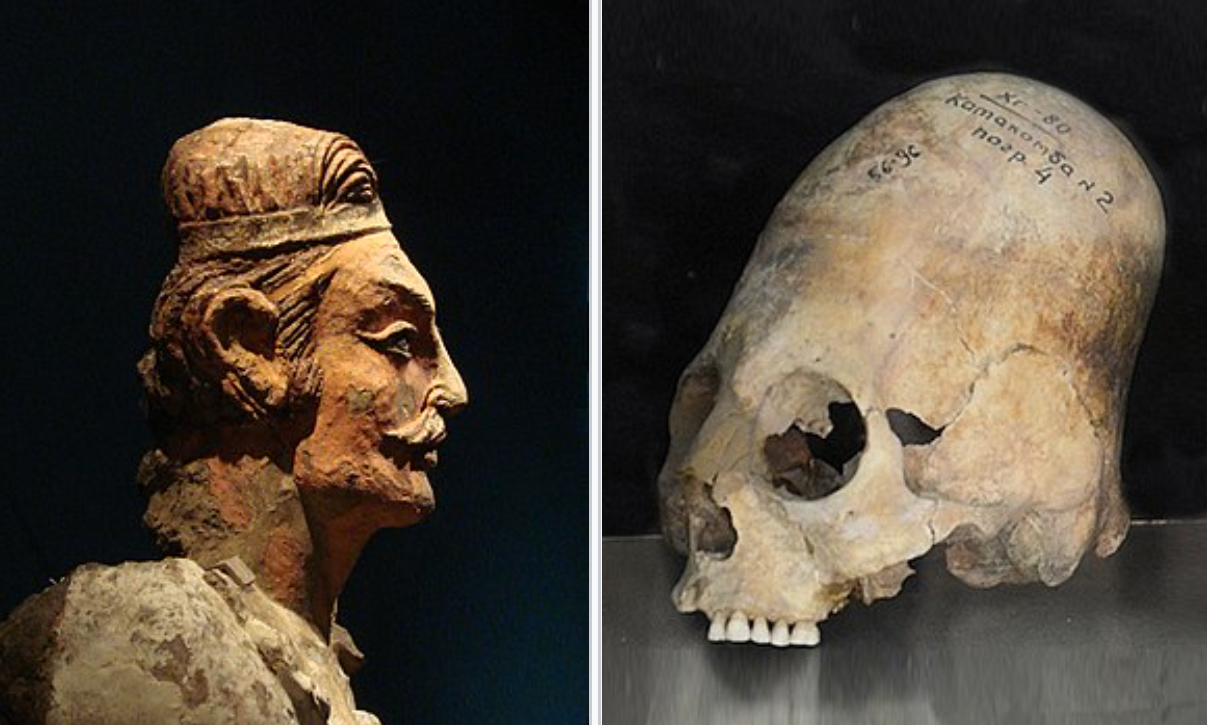
Evolution of Standards of Beauty and Status
Across epochs and geographies, the perception of beauty and social status has been a driving force behind cranial modification practices. What constitutes an ideal appearance has varied dramatically, from elongated heads denoting nobility in Eurasian cultures to flattened foreheads symbolizing beauty in pre-colonial Southeast Asia. These practices were not merely cosmetic but deeply intertwined with societal structures and perceptions of identity.
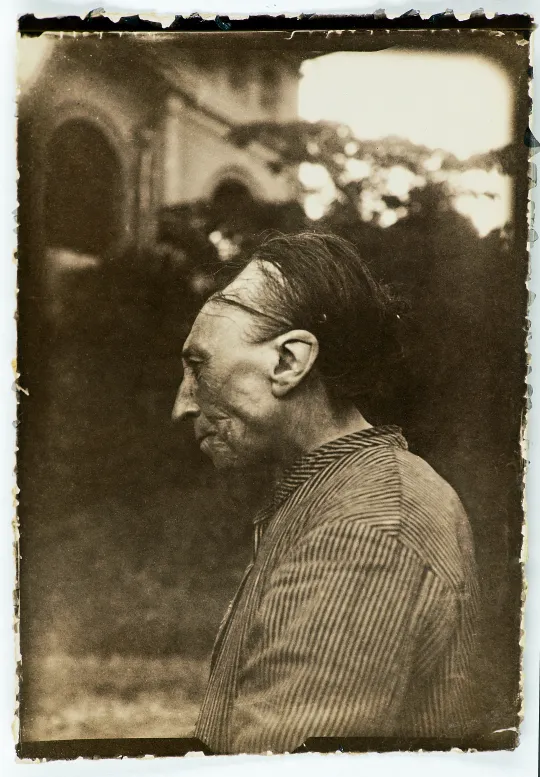
Symbolism and Social Significance
In many societies, the shape of one’s skull served as a potent symbol of identity, belonging, and even divinity. From the Alchon Huns of Eurasia to the Incas of the Americas, distinct cranial shapes were markers of ethnic identity, familial lineage, or even divine favor. Elaborate rituals and practices surrounded the process, imbuing it with profound cultural significance beyond mere aesthetics.
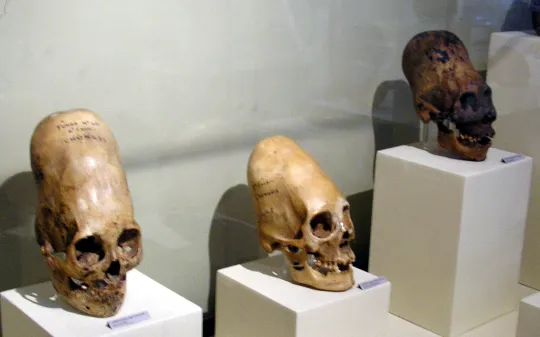
Rituals and Techniques
The methods employed for cranial modification were as diverse as the cultures themselves. From tightly bound bandages to wooden cradleboards, each society devised its own techniques to mold the skulls of infants into desired shapes. These practices often required meticulous care and precision, reflecting the importance placed on the outcome within the respective cultural contexts.
Regional Variations
While the practice of head binding shared common themes across continents, each region developed its own unique traditions and preferences. From the conical skulls of Eurasia to the flattened foreheads of Southeast Asia, cranial modification manifested in a kaleidoscope of shapes and forms, each bearing the imprint of its cultural heritage.
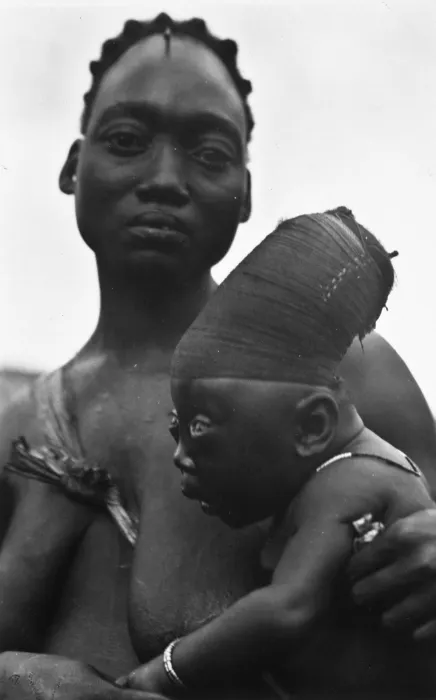
Legacy and Decline
Despite its historical ubiquity, the practice of cranial modification has gradually waned in modern times. Westernization, shifting social norms, and advancements in medicine have led to its decline across many cultures. Today, the remnants of these ancient practices reside primarily in museums and archaeological sites, serving as poignant reminders of humanity’s diverse cultural tapestry.
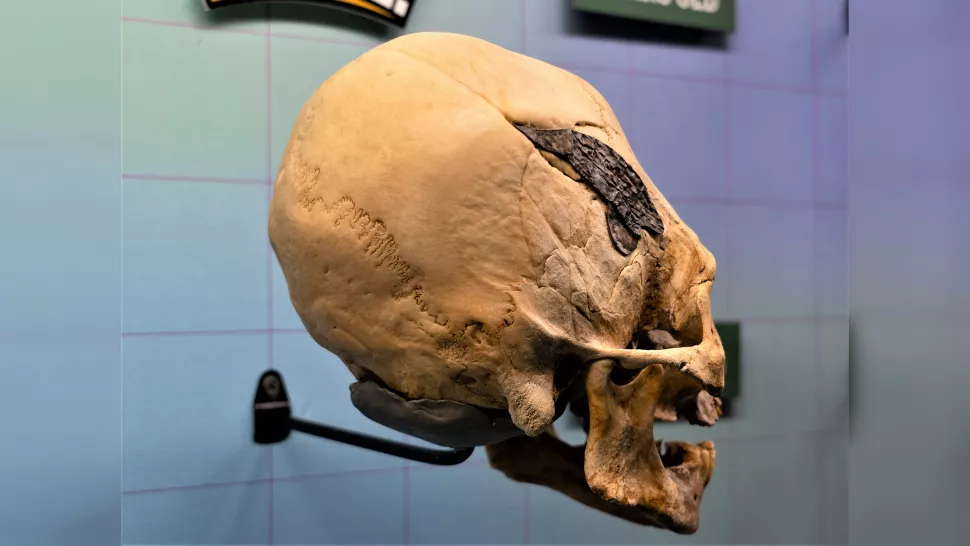
Conclusion
In essence, the phenomenon of cranial modification reflects humanity’s enduring quest for identity, beauty, and social distinction, encapsulating the rich tapestry of cultural diversity that has shaped our collective history.



